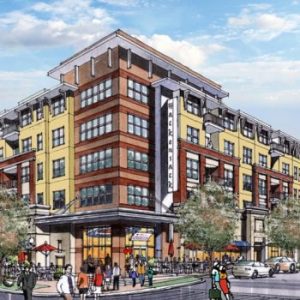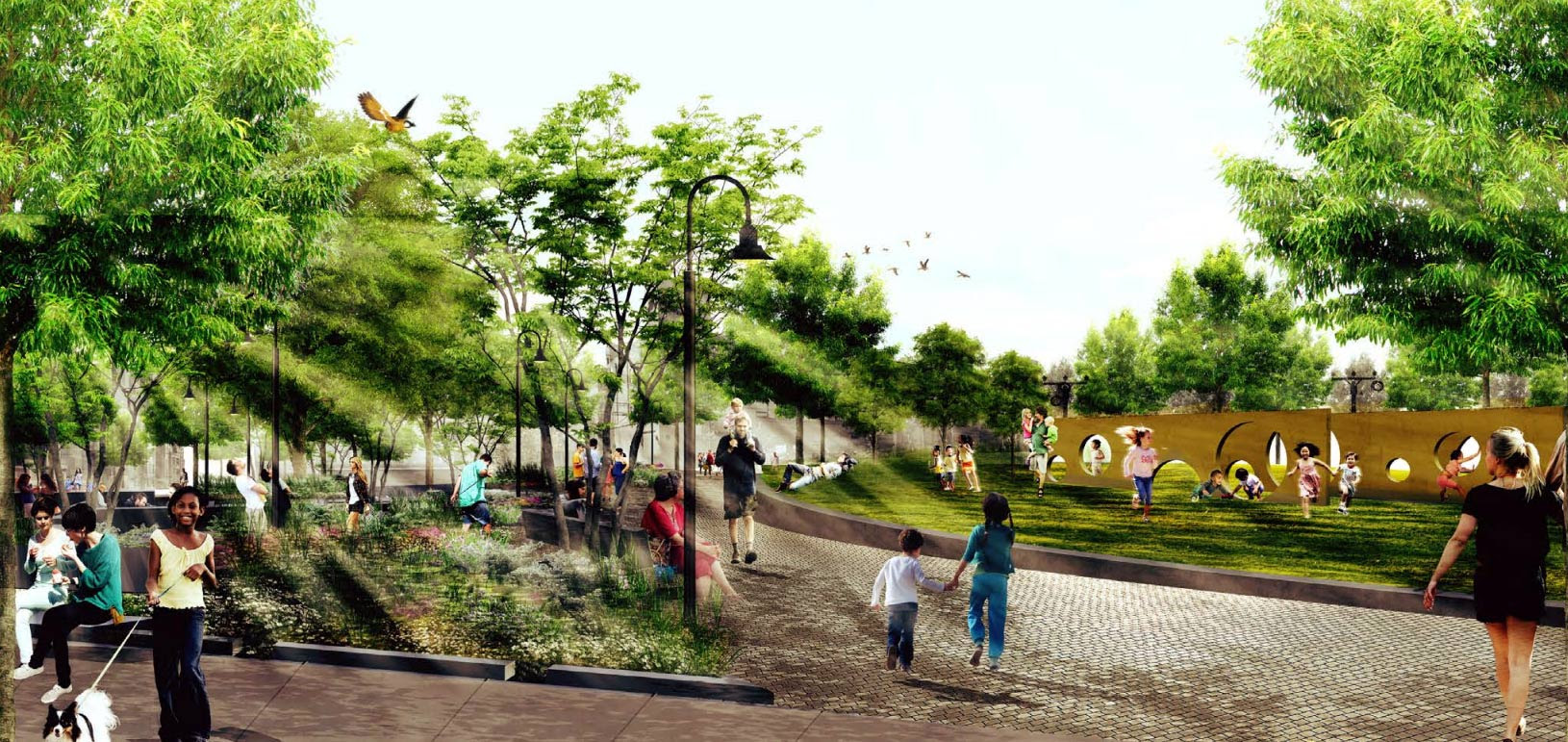New Jersey Future Blog
Are the Suburbs Back? Depends On How You Define ‘Suburb’
August 13th, 2018 by Tim Evans
Starting around 2008, demographers, economists, and urban planners started noticing something – long-dormant cities, towns, and older suburbs that pre-dated the automobile era began gaining population again, many for the first time in decades. New Jersey Future commented on this nascent trend as early as 2009 (“Suburbs Still Growing … But So Are The Cities”; “Cities Show Signs of Reversing Trend, Gaining Population”), observing that “several demographic trends may be converging and conspiring to dampen suburban sprawl while fueling the rebirth of cities and older, close-in suburbs.” The proximate cause for the reversal of previous patterns was the Great Recession of 2008, which, combined with $4/gallon gas prices at the time, seemed as if it may have been prompting people to reevaluate their residential locational decisions. Perhaps people were finally questioning the wisdom of the “drive ‘til you qualify” strategy of home buying, wherein one purchases a home of a desired size on a desired budget by looking far enough out on the suburban perimeter to find low enough home prices, and trading the lower home price for a longer drive to work and other regional destinations.
But the trend persisted even as the economy recovered, and urban observers began to wonder if more than just economic factors were at work. Was this a more durable reversal of fortune for built-out cities and towns, possibly representing a generational shift in living preferences? By the early 2010s, those in the Millennial generation (often defined as those born between 1981 and 2000) were reaching young adulthood and were poised to move out of their parents’ homes and vote with their feet about the kinds of places in which they wanted to live. It became increasingly evident that a longer-term shift was under way, apparently driven by Millennials who were looking for “live/work/play” environments with multiple destinations within easy walking distance of each other and with easy access to public transit. Other evidence supported this theory, including the falling rates of car ownership and miles driven for young adults. The Millennials were making clear that they were not looking for the same cul-de-sac suburban subdivisions that their parents’ generation preferred. Of course, rather than guess, you can ask Millennials directly what kind of living environment they prefer, as a recent survey has done, and indeed what they’ve said is that they’re happiest in a walkable urban environment.
By 2012, it wasn’t simply the case that cities were now growing too, it was that cities of all sizes were now actually dominating New Jersey’s population growth (“Cities (Of All Sizes) Lead the State in Population Growth”). At several other points in the intervening years (2012, 2014, 2016, 2017), New Jersey Future has examined Census Bureau annual population estimates for counties and municipalities to document the continuing trend, with built-out places accounting for the majority of the state’s population growth, transit-hosting municipalities suddenly growing again, and formerly fast-growing exurban counties now actually losing population.
In 2017 New Jersey Future introduced a new way of tracking population growth in different types of places, adapting three metrics originally developed for the 2014 report Creating Places To Age in New Jersey – net activity density (population + employment per developed square mile), presence of a mixed-use downtown, and local street network density – to classify New Jersey’s municipalities by how “center”-like they are. An analysis of population by age group for different kinds of places found that Millennials really do love walkable urbanism and hence are likely the chief force behind the revival of so many of the state’s cities, towns, and older suburbs.
Now, a new Rutgers Regional Report (“The ‘Burbs’ Bounce Back: ‘Trendlet’ or ‘Dead Cat Bounce’?”) raises questions about whether the return to in-town living may be tapering off, while the suburbs are bouncing back. Among other things, the report does point to a few one-year population changes between 2016 and 2017 that appear to run counter to the recent urbanization trend: in particular, Kings County, New York (Brooklyn) actually lost population over the last year, while Monroe and Pike counties in northeastern Pennsylvania – which were the North Jersey sprawl frontier in the 1990s and early 2000s but which had lost population in the first half of the 2010s – actually posted their first gains since 2011. Meanwhile, New Jersey’s own exurban counties (Sussex, Warren, Hunterdon) continued to lose population but at much slower rates, something New Jersey Future’s analysis of 2017 county population estimates also noted.
Defining a ‘Suburb’
But the fact that the Rutgers report’s analysis is county-based points to the larger issue of how to define a “suburb” (or a “city”) and that using larger units of geography can obscure more fine-grained trends. The taxonomy used in the Rutgers report categorizes Bergen, Passaic, Middlesex, and Mercer counties as part of the “suburban ring,” even though these counties all contain plenty of places that score well on all three of New Jersey Future’s metrics (and which we would hence describe as compact and walkable) and that are continuing to post strong gains. In Passaic County, for example, the two municipalities posting the biggest absolute 2016-17 population increases were Paterson and Clifton, places not representative of the suburban stereotype; of the five biggest gainers in Bergen County, four (Englewood, Garfield, Wood-Ridge, and Hackensack) score well on all three metrics.
Whether or not “suburbs” are back thus depends a lot on how one is defining a “suburb.” Some reports about the suburban comeback – especially those with an ideologically vested interest in portraying suburbs as winning and cities as losing – adopt a particularly ill-advised classification system in which the only places that get counted as “cities” are the largest city in the metropolitan area and any other municipality that qualifies as a “principal city” of the metro area; a principal city is one whose population exceeds a given percentage of the population of the largest city (a very high bar to meet when the largest city in your metro area is New York, with a population of 8.6 million) and meets some minimum employment criteria. This can result in classifying as “suburban” places like Paterson, Elizabeth, and even Jersey City and Newark (New Jersey’s two largest cities). If the goal is to inflate the prospects of “suburbs” and minimize the resurgence of urban places, tabulating what is essentially urban population growth in the “suburban” column is one way to do it.
A county-based definition system like the one used in the Rutgers report, in which each county is categorized as either urban or suburban, is slightly more nuanced than the method based on metropolitan areas and principal cities. But classification systems that rely on large geographic units like counties or metro areas miss the internal diversity of most New Jersey counties. A quick look at the geographic distribution of New Jersey Future’s Smart Growth Award winners, for example, reveals that compact, walkable towns can be found throughout the state, not just in “urban” counties. Plenty of smaller cities, towns, and older “streetcar” suburbs (think of Montclair, Morristown, Cranford, Somerville, Metuchen, Flemington, Red Bank, Mount Holly, Collingswood, Woodbury, Hammonton, among others) offer many of the same advantages of the big cities in terms of affordability and accessibility: a variety of housing types (apartments, townhouses, single-family homes on smaller lots) affordable to a range of incomes; shops, restaurants, and entertainment within walking distance; accessibility to public transportation; and grid-like street networks that facilitate shorter local car trips not requiring use of the regional road network.
If we set aside the need to label places as cities or suburbs and instead look directly at their development characteristics, the trend of compact, walkable places growing faster than the rest of the state is still true, although they did not outstrip the statewide growth rate by quite as big a margin from 2016 to 2017 as they did in the several prior years. So there may be some truth to the idea that the growth rate in urban areas could be slowing a bit (though definitely not reversing), while the losses in exurban areas have also slowed somewhat compared to earlier in the decade. But this hardly points to a renaissance for car-dependent suburbs characterized by strip-mall retail and cul-de-sac subdivisions. The state’s population growth is still being dominated by compact, walkable places, regardless of whether you want to call these places small cities, traditional downtowns, or walkable suburbs.

















